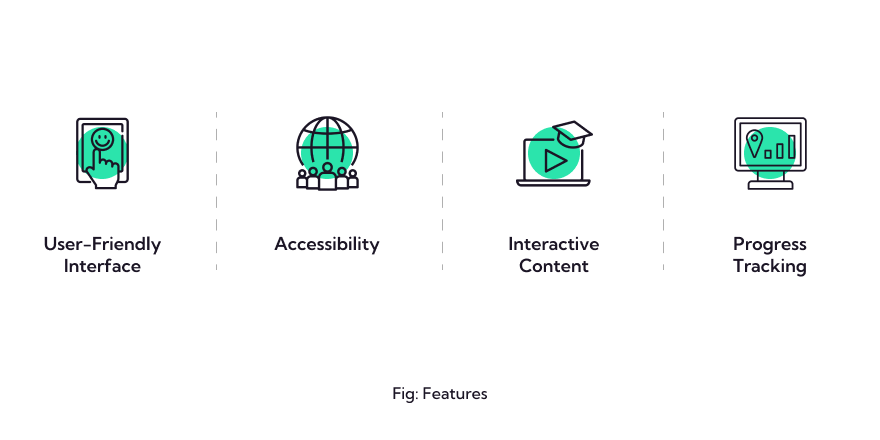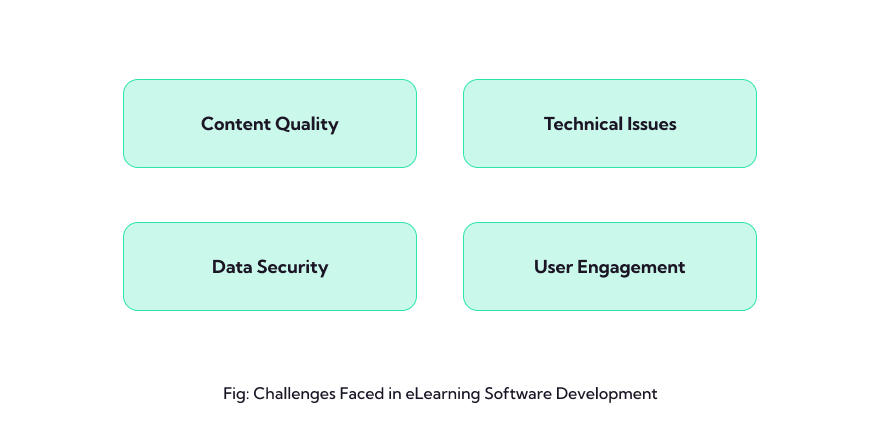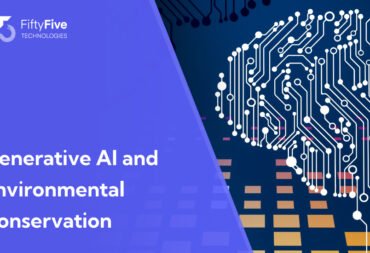Offices: Gurgaon, Jaipur, Indore, London, Dubai, Sweden
eLearning Software

In today’s fast-paced digital world, eLearning has become a popular way to acquire new knowledge and skills. eLearning software plays a crucial role in making education accessible, engaging, and convenient. In this blog, we will delve into the world of eLearning software development, highlighting its features, benefits, types, trends, challenges, customization, and security measures.
Types of eLearning software
Education and eLearning software offer a plethora of features and benefits. The features include a user-friendly interface designed for easy navigation, interactive content like videos and quizzes to boost engagement, progress tracking for performance monitoring, accessibility features accommodating diverse learners, and compatibility across various devices, including smartphones and tablets.
On the benefits side, eLearning provides flexibility, enabling learners to set their own pace and schedules. It’s cost-efficient, eliminating the need for physical classrooms and printed materials. It extends education’s reach globally, breaking geographical boundaries. Personalization allows learners to customize their experiences, and the culture of continuous learning thrives as resources remain accessible for skill and knowledge updates.

There are many types of education and eLearning software in the market. Some of the most popular types include:
Learning Management Systems (LMS)
LMS software efficiently handles training and educational resources. It allows users to upload files, import training materials, create tests and quizzes, grant access based on roles, monitor learners’ progress, and generate completion reports. Check out the top LMS development companies for further assistance.
Course Management Systems (CMS)
CMS software is designed for crafting and presenting online courses. It equips users with comprehensive tools to manage, deliver, promote, and sell their course content. Some LMS platforms may also integrate CMS-like features or offer customization options for creating tailored training materials.
Learning Content Management Systems (LCMS)
LCMS is specifically geared toward the creation and administration of training content. Advanced LCMS solutions can automate question generation, offer branching pathways for content, enhance interactivity, and support multimedia elements in the learning materials.
Trends in eLearning software development
Microlearning: Short, focused lessons that cater to the modern learner’s preference for bite-sized content.
Gamification: Integrating game elements, such as rewards and leaderboards, to make learning more engaging.
AI and Machine Learning: Personalizing content and recommendations based on learner behavior and performance.
Virtual Reality (VR) and Augmented Reality (AR): Immersive technologies for hands-on training and simulations.
Blockchain for Certifications: Ensuring the authenticity of certificates and credentials.
Challenges Faced in eLearning Software Development

eLearning software customization
eLearning software often allows customization to meet specific educational needs. This includes adapting the interface, content, and assessments to align with the goals of the institution or individual learners.
In conclusion, eLearning software development has revolutionized the way we learn by providing flexibility, accessibility, and engagement. With ongoing advancements in technology and a focus on user security, eLearning is set to continue its growth and transformation in the education landscape. Whether you’re a student, teacher, or institution, eLearning software offers a world of possibilities for knowledge acquisition and skill development.
Recent Posts
Wish to live a culture beyond tech ?
Quick links
Contact
-
INDIA
-
-
-
37B - Thinkvalley , Sector 32 - Gurgaon Haryana - 122002
-
J-2, Jhalana Institutional Area, Jhalana Doongri, Jaipur, Rajasthan 302004
-
Incuspaze Co-Work, 208, 2nd Floor, Apollo Premier, Vijaynagar Square, Indore (MP) 452010
Locations
-
UK
-
-
-
Wework, 33 Queen Street, London, England, EC4R 1AP
-
FZCO IFZA Business Park, Dubai Digital Park, Dubai Silicon Oasis, Dubai, United Arab Emirates
-
Herrgardsvagen 12 A 135 53 TYRESO Sweden
© All Copyright 2022 by FIFTYFIVE TECHNOLOGIES


